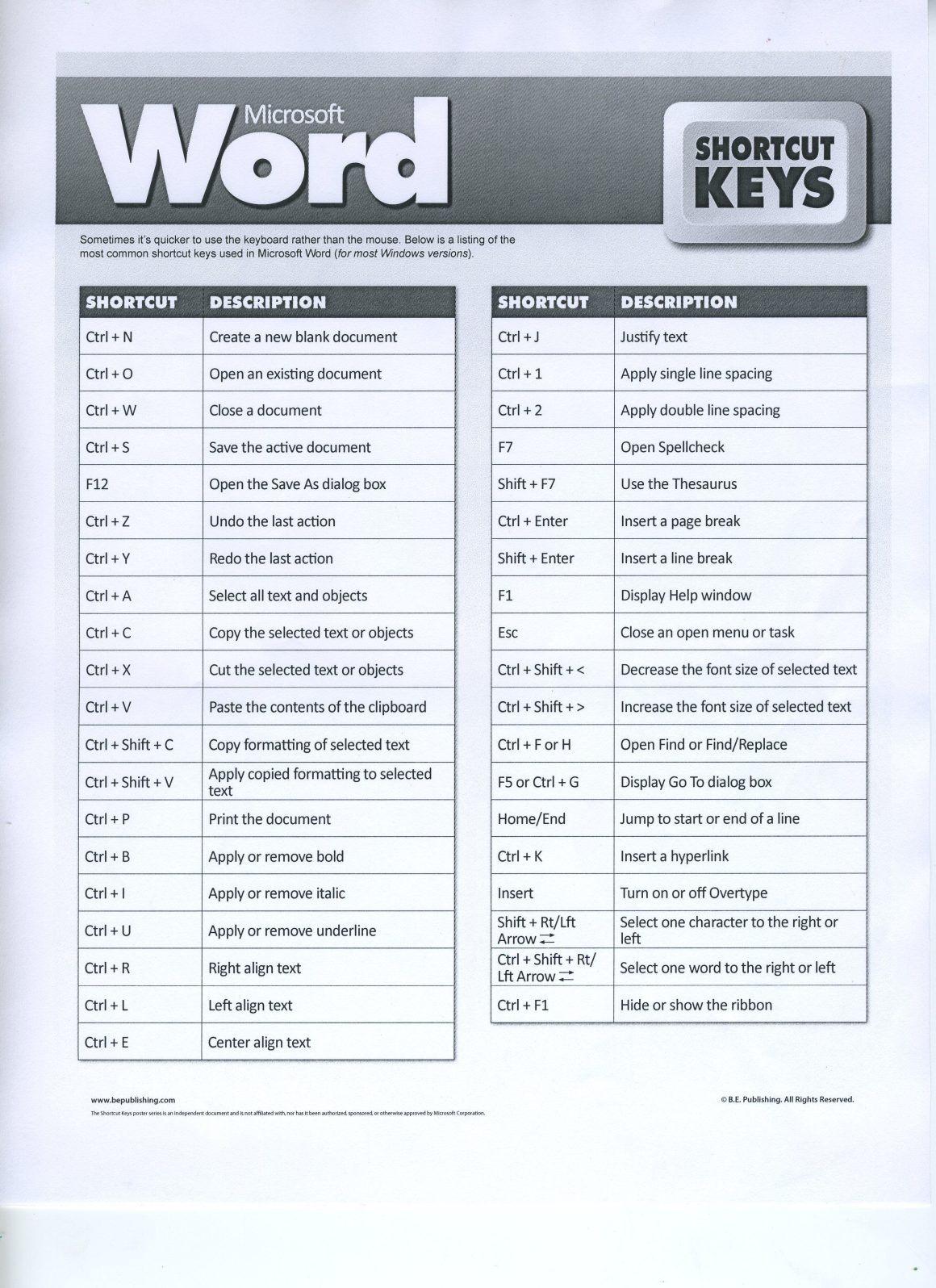

Use use when multiple platform or peripheral choices initiate the same action or actions within a program. Example Use the arrow keys to move around the text. Use use when select might be confusing, such as when referring to the arrow keys or function keys and select might make customers think that they need to select all the arrow keys simultaneously. Don't use depressed to describe an indented toolbar button unless you have no other choice. Don't use press, depress, hit, or strike. Use select to describe pressing a key on a physical or on-screen keyboard. Example Select the Minus sign on the numeric keypad, not the Hyphen key on the keyboard.ĭon't use keypress. When the customer can select two keys that look the same, direct the customer to the correct key. In general, don't distinguish between the keyboard and the numeric keypad. When in doubt, continue to use numeric keypad. Don't use keypad by itself unless the context has been established and there's no possibility the customer will confuse the keypad with the keyboard. If you use these terms, explain the difference. In content for a technical audience, it's OK to distinguish between a key sequence (two or more keys selected sequentially) and a key combination (two or more keys selected simultaneously). If you use these terms, explain the difference.ĭon't use in content for a general audience. In content for a technical audience, it's OK to distinguish between a key combination (two or more keys selected simultaneously) and a key sequence (two or more keys selected sequentially).

In content teaching basic skills or content for a technical audience, it's OK to use Key Tip to refer to the letter or number that appears in the ribbon when the Alt key is pressed.ĭon't use in content for a general audience. In general, don't use in content for a general audience. A shortcut key is a key or key combination that users select to perform a common action. An access key is a letter or number that users select to access UI controls that have text labels. In content for developers or content about customizing the UI, it's OK to distinguish between an access key and a shortcut key. Example Alt+Ctrl+S Don't use accelerator key, fast key, hot key, quick key, or speed key.ĭon't use in content for a general audience. In general, use keyboard shortcut to describe a combination of keystrokes used to perform a task. Keyboard shortcut, accelerator key, fast key, hot key, quick key, speed key
MICROSOFT WORD SHORTCUT KEYS HOW TO
For a full list of keyboard shortcuts in Word, see Keyboard shortcuts for Microsoft Word.This term collection covers how to refer to keyboard shortcuts and the names of specific keys.įor information about describing customers' interactions with UI, see Procedures and instructions. The keyboard shortcuts listed in this article are for the most common tasks in Word Web App. Keyboard shortcuts in Word Web App are very similar to keyboard shortcuts in Microsoft Word. Microsoft Word Web App keyboard shortcuts To search in this topic, press CTRL+F, type the search text in the box, and then press ENTER. For keyboard shortcuts in which you press one key immediately followed by another key, the keys to press are separated by a comma (,).
MICROSOFT WORD SHORTCUT KEYS PLUS
keyboard.įor keyboard shortcuts in which you press two or more keys simultaneously, the keys to press are separated by a plus sign (+). Keys on other layouts might not correspond exactly to the keys on a U.S. The keyboard shortcuts that are described in this Help topic refer to the U.S.


 0 kommentar(er)
0 kommentar(er)
